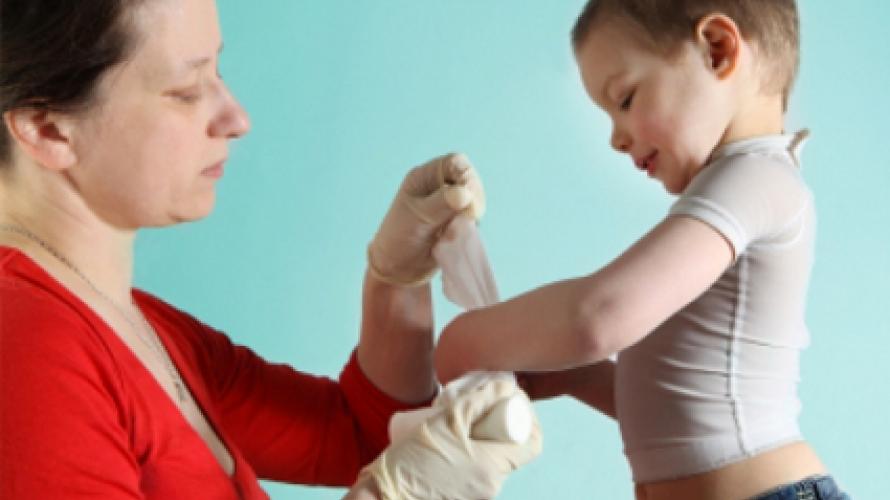
What is the study about?
The article reviews current and novel treatment approaches for burn care in order to further improve outcomes in the pediatric patient population. This article focuses on the complex care that is essential for reducing post-burn morbidity and mortality. The authors describe the four key components for survival after a burn injury: adequate resuscitation, treatment of inhalation injury (burns to the breathing passages), proper wound closure, and treatment of the hypermetabolic response (a condition in which even if one consumes many calories the person loses weight).
What did the study find?
The authors found that specialized burn centers, improvements in resuscitation techniques, specifically designed critical care, infection control, advancements in the treatment of inhalation injury and better treatments for burninduced problems associated with maintaining weight improve survival and outcomes in burn patients. Inhalation injury substantially increases mortality. One of the most important advances in burn care has been early wound excision and grafting. The authors discuss new strategies for wound coverage such as the use of biological membranes and the application of bioengineered materials. Additionally, early and adequate nutrition improve patient outcomes. The authors recommend nutrition that is high in glucose, high in protein and amino acid, and low in fat with some unsaturated fatty acids. Furthermore, treatment of hyperglycemia, and the catecholamine surge with the use of beta blockers improve morbidity and mortality of burn patients. It is also important to note that exercise for burn patients can alleviate metabolic disruptions and prevent contractures of the burn wound. Findings emphasize that successful burn care is not one treatment approach, rather multimodal and very complex.
Who participated in the study?
This is a literature review article that focuses on the ways to improve morbidity and mortality after a burn injury, with a focus on pediatric burn patients.
How was the study conducted?
The authors searched PubMed for articles published between 1/1/2008 and 12/18/2012. Topics they used to select published articles included: “large clinical trials in burns”, “resuscitation”, “inhalation injury”, “wound care”, “burn wounds”, “infection”, “organ function”, “hypermetabolism”, and “predictors of mortality”. The authors chose a variety of descriptive studies and clinical trials to explore new treatments and assess their clinical effectiveness. The authors chose to perform a review and not a systematic review in part because causes of death in pediatric patients with burn injuries has changed in the past 10 years, hence a review of the existing and novel therapeutic approaches for burn care is necessary.
Reference
Jeschke, M. G., & Herndon, D. N. (2013). Burns in children: standard and new treatments. The Lancet. Advance online publication http://dx.doi.org/10.1016/S0140-6736(13)61093-4.